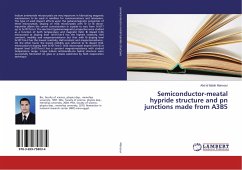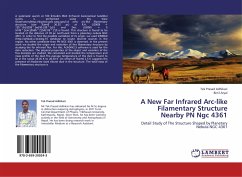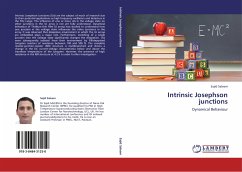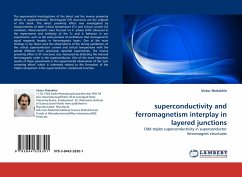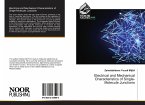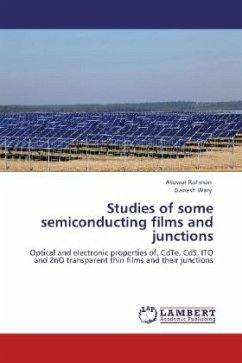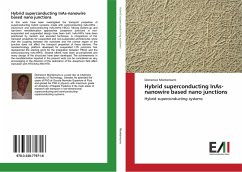Indium antimonide microcrystals are very important in fabricating magnetic microsensors to be used in satellites for communications and televisions. The type of used dopant affects upon the galvanomagnetic properties of these microcrystals. Doping of InSb microcrystals with Te or Bi donor impurities allows the carrier concentration in crystals to vary from 1x1017 up to 5x1017cm-3. The electrical (galvanomagnetic) properties were studied as a function of both temperature and magnetic field. Bi doped InSb microcrystal at doping level 1x1017cm-3 has the highest resistivity, Hall constant, mobility and magnetoresistance but that with Bi doping level 5x1017cm-3 has the lowest resistivity, Hall constant and magnetoresistance. On the other hand, the lowest mobility was referred to Te doped InSb microcrystal at doping level 3x1017cm-3. InSb microcrystal doped with Bi at dopant level 3x1017cm-3 has a constant magnetoresistance with studied temperature range. n-type indium antimonide-Au hybrid structure were successfully fabricated on glass or p-GaAs substrates by flash evaporation technique

